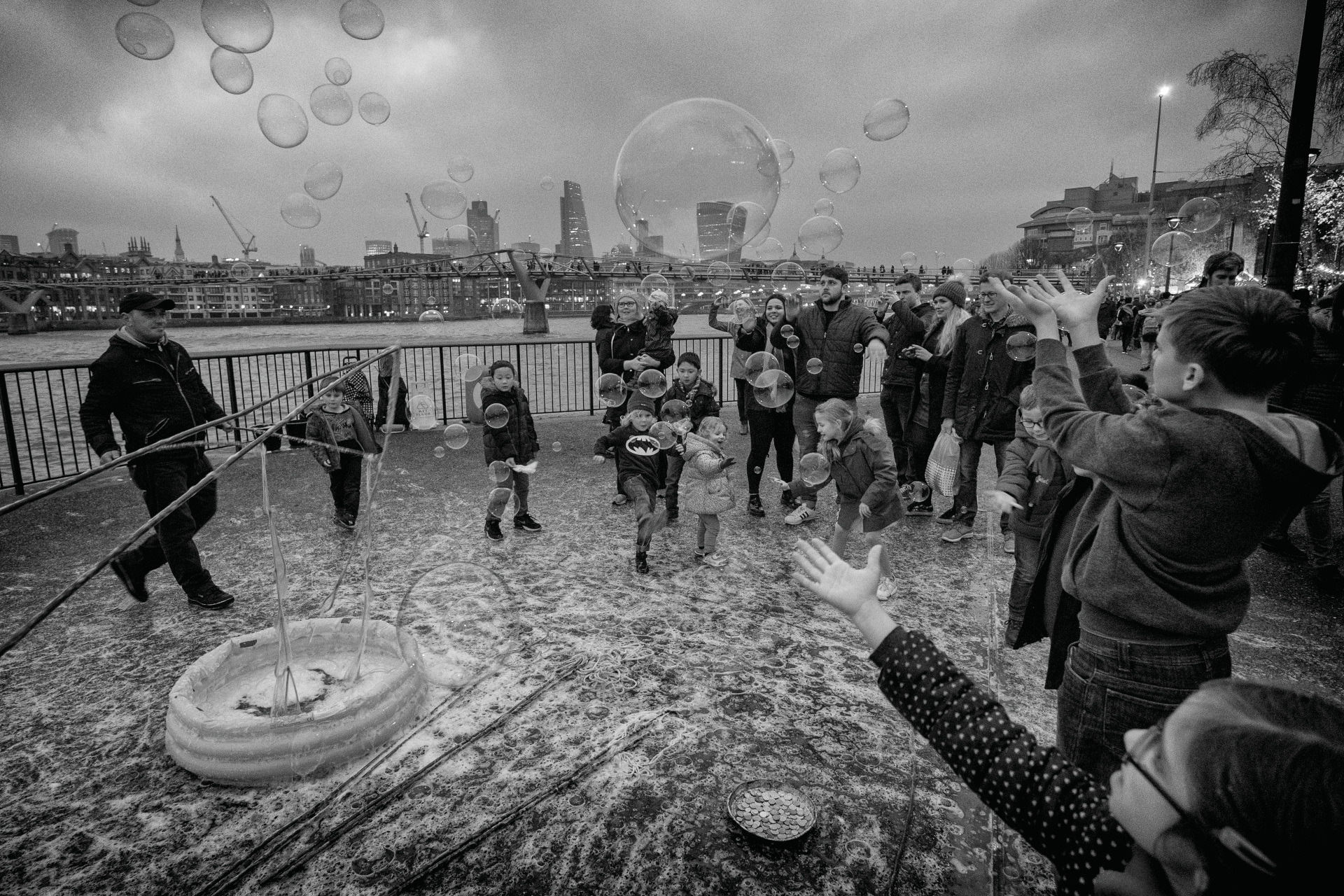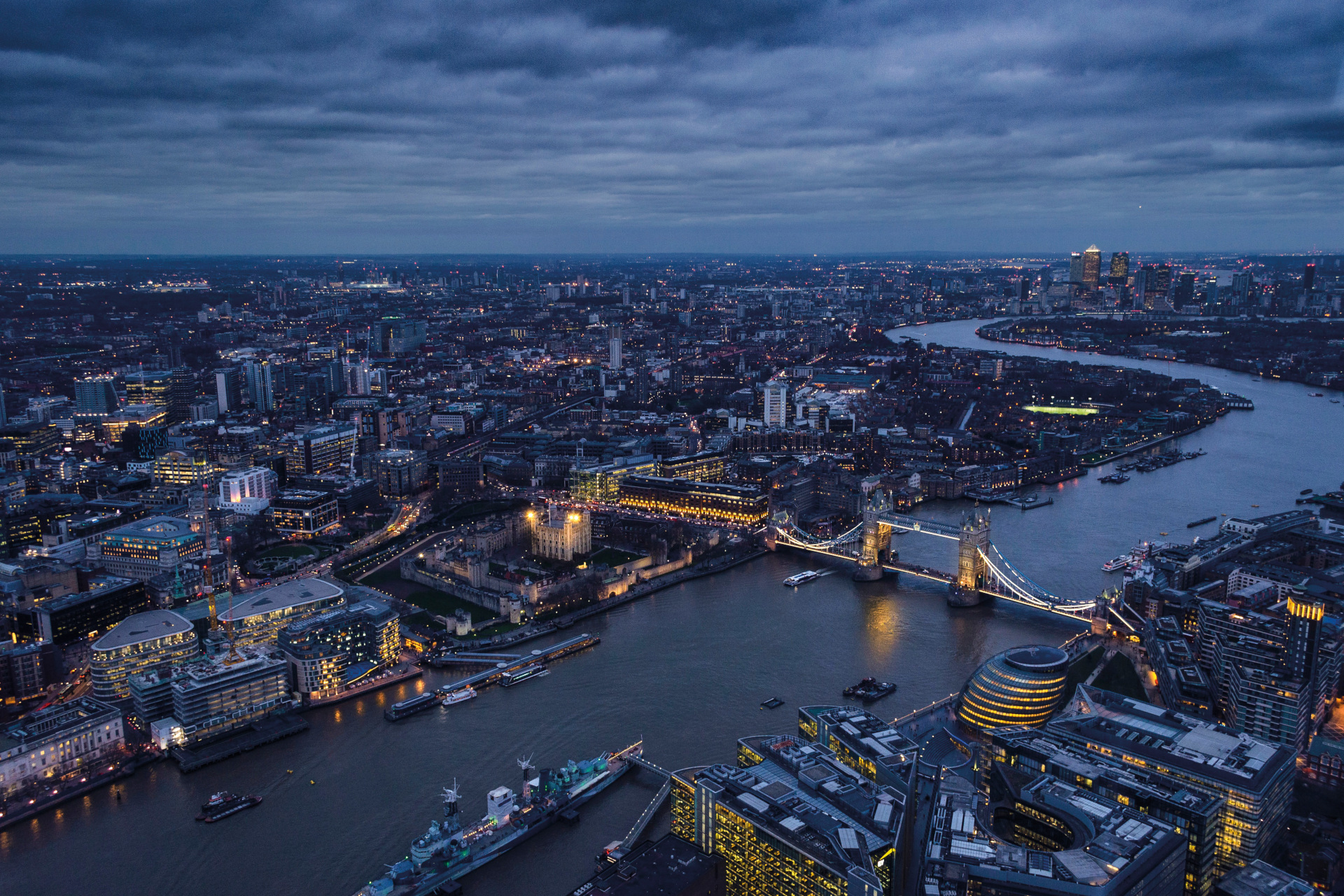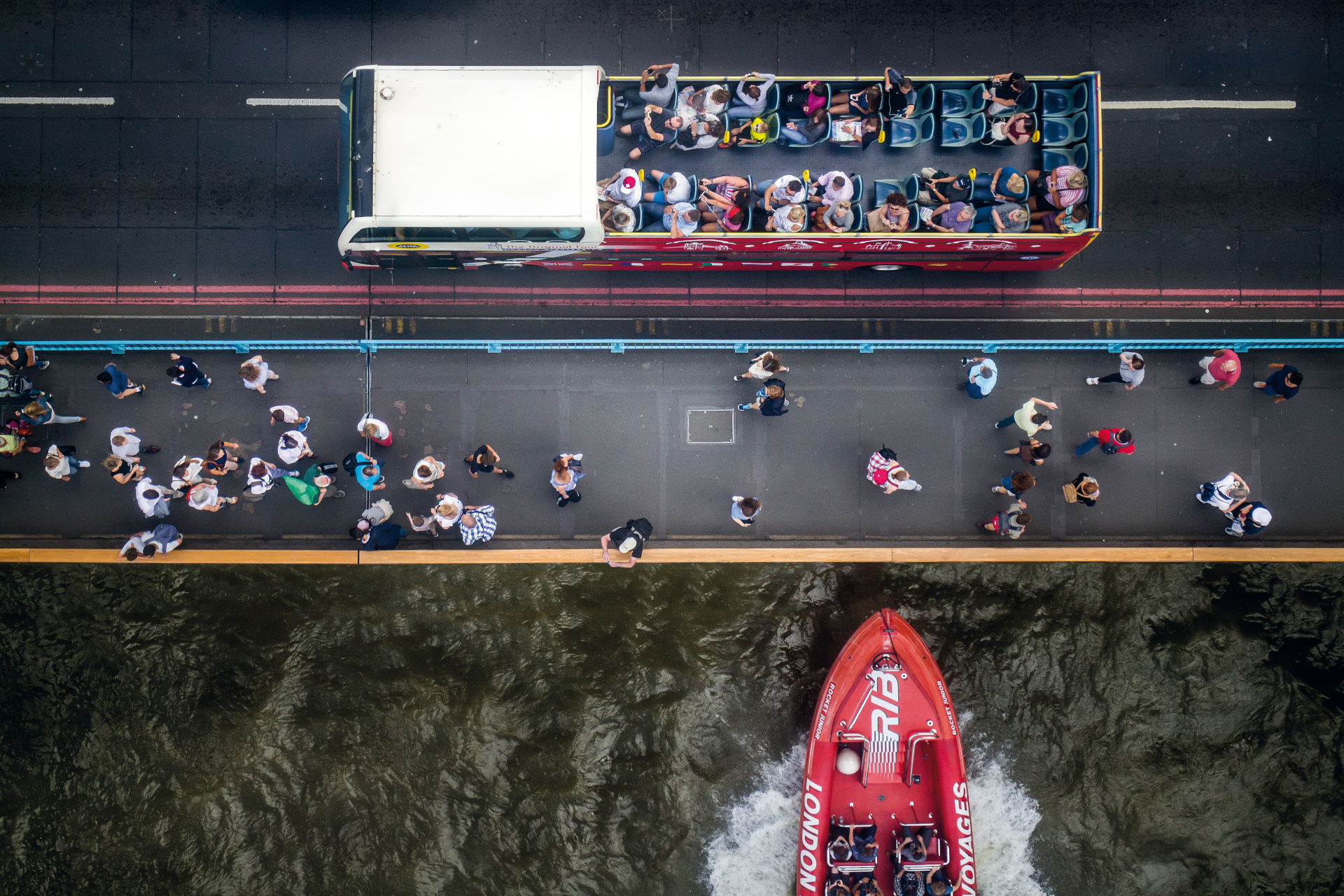We Are London
By
3 years ago
Brands need London just as the capital needs brands

Love it or hate, Britain’s global muscle would be gravely weakened without London. But our capital’s status cannot be taken for granted. This is where brands’ symbiosis with the city can help, says Peter Griffiths.
Buy a copy of Great British Brands 2022 here
We Are London
Is the future of cities in doubt? This question might strike most as astonishing, since for millennia, from Baghdad to Beijing, cities have been at the heart of empires and global powers; urbanisation has continued to accelerate. But the pandemic has changed everything. So are we really witnessing the wane of Britain’s cities or simply a moment for reinvention?
Spoiler alert: we are experiencing both, but unevenly. Cities are places where cycles of interest, investment and inflation give way to rest, reinvention and repeat. Yet the effect of the pandemic was to disrupt this cycle globally, putting many cities back on the starting blocks. Though they could have learnt so many important lessons from China and other Asian cities early on, UK cities found it easier to learn from places they can mostly get to by train, in Europe. It’s therefore no surprise that, apart from London, few UK cities have influence that extends much beyond Europe and parts of the USA. Global Britain gets almost all its reach from a capital that was once just a Roman outpost.
Depending on how you sample the data, London today is one of the world’s four most important cities. The others are New York City, Tokyo and Paris. Even if they don’t always occupy the top four spots in global surveys – London is mostly expert in being reasonably good at most things – no ranking is legitimate without their inclusion. Almost all the cities immediately below them are in countries where there is some ambiguity as to which city is their country’s main entry point. Madrid and Barcelona are both fantastic metropolises, but the productive competition that has elevated them so high may also act as a ceiling. The non-contest between London and, say, Manchester, as the country’s prime city, is the key to the UK’s global brand power.
While residents of many British cities were posting hyper-local content on social media during the pandemic, London had comparatively little data on its own residents when borders shut. London, the world’s most global city, was focusing on its 20 million annual international arrivals and 300 million domestic visitors rather than on its residents. London’s city centre saw the most sustained footfall drop-off, not just because of missing tourists and office workers, but also because of a delay in focusing on residents.

(c) Unsplash
This prompted Transport for London to target the UK market by messaging about the opportunity for safer, less busy journeys in the city. More recently, London’s £6 million ‘Let’s Do London’ campaign, described by mayor Sadiq Khan as the ‘biggest domestic tourism campaign’, brought 280,000 visitors to the capital. Night tubes restarted and its transport network is now regularly at 80 per cent of pre-pandemic levels on weekends (it’s only at 60 per cent during the week). It shows how joined-up transport infrastructure and communications are key to reactivating the city.
Even brands proudly rooted in the countryside benefit from London’s ability to touch almost every part of the globe, helping local brands translate their stories globally. Almost half of all creative sector jobs are based in and around London. The ‘Made in Britain’ brand is one that’s heavily supported by this concentration. So, when cities are struggling, brands could re-emphasise the city stories they are attached to, consolidating brand messaging around a particular place or illustrating how cities are places of production that bring people together.
Brands are in prime position to support the unique layers of experience that ensure places are differentiated and memorable. They can help landlords and asset managers make space available for alternative activities so high streets aren’t all carbon copies with the same chains claiming prime spots. As Yolande Barnes, chair of UCL Bartlett Real Estate Institute puts it: ‘Clone high streets are just less appealing places to visit.’ Even in London, the high street ‘offer’ in many areas is not compelling, with leisure or cultural assets acting as more important draw cards. Recent conversation about high streets has been dominated by the mission to create a balance between chains and independents, such as shrinking the size of shops to make store fronts more diverse, and improving the quality of public realm design.
It’s clear that a bigger range of activities and services in and around businesses improves the high street experience. Some of this is already happening: pop-ups; cooking schools in food stores; tailoring in fashion outlets; a stronger residential mix; power, Wi-Fi and seating to activate unused areas. Brands can help landlords reconsider how floorspace can be repurposed, or blank windows reactivated to connect better with the street.
It isn’t unusual for a city to achieve a buzz of excellence at its centre, only to end up exporting capacities to where land is cheaper. There is perhaps an aspect of levelling up in this, but many brands still need urban centres like London as part of their journey towards greater success.

David Hopley, Sightseeing. Tower Bridge, London. Taken from the book Landscape Photographer of the Year: Collection 12 (AA Publishing, £39.99)
If national government moves its focus away from London, the capital might just get on with finding new ways to sidestep national policies. In time, some of these policies could then be rolled out to other UK cities. For all London’s faults, it is possibly one of the world’s most important test beds. If the UK did truly manage to ‘level up’, an unexpected consequence could be losing London’s capacity to point to the future. And if London were to be unseated globally, whether through Brexit, levelling up or a combination of other plans, another UK city is unlikely to take its place, leaving the UK far less able show to show world leadership.
In that scenario, older, established brands would probably be okay, but newer ones would find scaling to a global level far more challenging. Over time, the UK could end up hosting fewer of the world’s top brands. This is not to say the UK would stop making good products, but that it would become relatively easier for other parts of the world to promote the quality of theirs. The current power of London as a global brand provides an alluring open door to the world for all UK brands associated with it.
There are mixed views about whether London will retain its shine in the face of Brexit and the government’s strategy for Global Britain. What is clear is that UK brands need London to be great, but also that London’s global status – stretching farther back than when it was the world’s largest city almost two centuries ago – is not guaranteed. After all, Baghdad was once the world’s unrivalled intellectual capital.
Of course, other leading cities around the world are also being buffeted by national and global headwinds, undermining the capacity for new challengers to rise. This may give London time to play with. Perhaps time is all London needs to remind the world it is still at the centre of global power. The prime meridian at Greenwich writes London into every city’s story in a way that arguably no other city before it has achieved. Even so, while global power can be traced back to cities, no city has ever commanded it forever. So, while London’s survival as a national city is not in question, its status as a global city could be.
Featured image: Ashley Chaplin, South Bank Bubbles, London. Taken from Landscape Photographer of the Year: Collection 13 (AA Publishing, £18.09)



